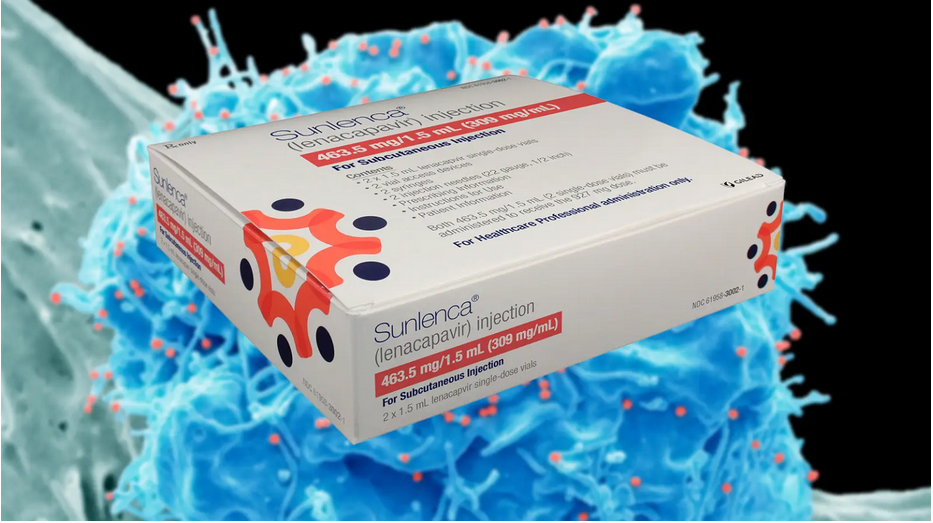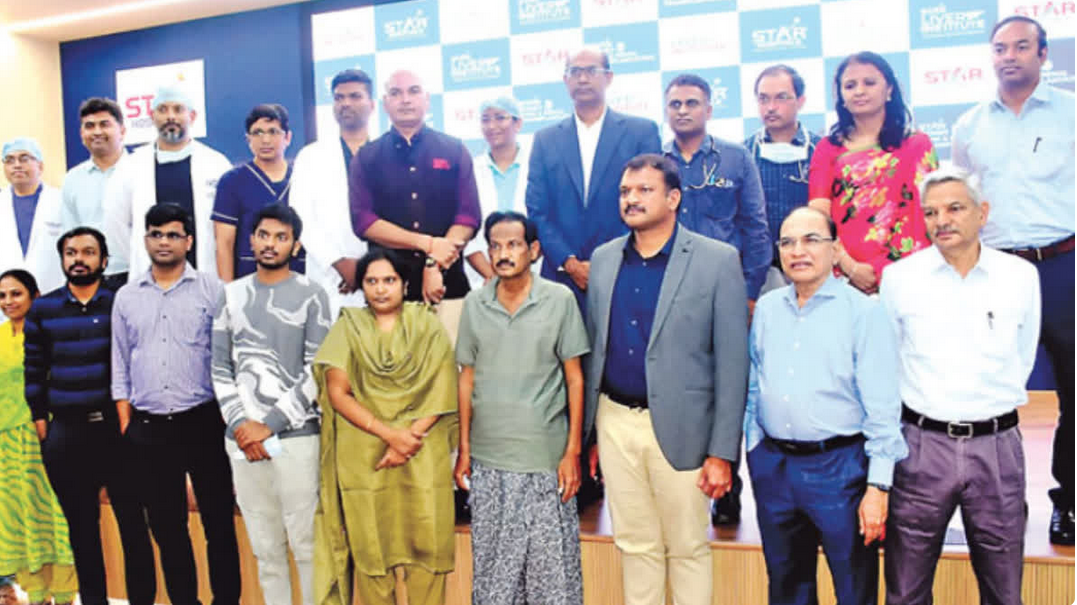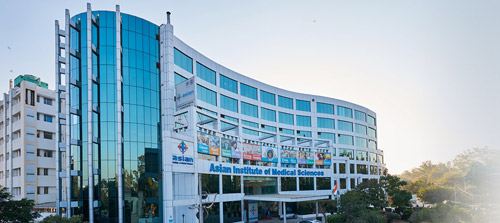Alliance records US$1.6bn annual investment (in 2018) in antimicrobial resistance (AMR)-relevant R&D. Concerning shortfall is in late-stage R&D investment where the amount is likely insufficient to meet global health needs and risks undermining early pipeline investments in R&D and new diagnostics. Investments in AMR related products could increase if governments take action to improve antibiotic reimbursement and implement new incentives.
Alliance takes a leadership role in responsible manufacturing of antibiotics, establishing an industry standard for reducing potential environmental risks from antibiotics production two years ahead of schedule.
Next steps include sharing R&D information to support innovation and surveillance data to track resistance, deploying diagnostics and vaccines in support of improved appropriate use and working with health authorities to tackle antibiotic shortages.
AMR Industry Alliance report released recently provides a unique snapshot of the life science industry’s collective efforts in delivering on their commitments to tackle the rise of antimicrobial resistance (AMR). Results from the Alliance’s survey of biotech, diagnostics, generic and large research-based biopharmaceutical companies are mixed. Positive results include sustained investment in early R&D and diagnostics for AMR-related products (including antibiotics, antifungals, vaccines) and major strides in responsible manufacturing of antibiotics. Worryingly, low levels of investment for later and more costly stages of R&D for AMR-related products may mean that many promising early-stage compounds will never reach patients unless governments put in place new mechanisms and incentives for antibiotic development.
Taken together, Alliance biotech, generic and large research-based biopharmaceutical companies represent approximately one-third of the global antibiotic supply, a significant proportion of antimicrobials in clinical development as well as a major segment of the diagnostic sector working on developing and producing AMR-related products.
Top-line findings for the Research and Science section record confirm that the life sciences industry remains the dominant funder of AMR-relevant R&D with US$1.6bn invested in 2018. By comparison, the public sector invests ca. US$500m annually in AMR-relevant R&D. The Alliance warns that R&D investments are at concerning levels in the most costly later stages of clinical research. This contrasts with a promising biotech pre-clinical pipeline and new rapid infection detection tests being developed by diagnostics companies. Policy action is needed to ensure these compounds reach patients: 74% of companies surveyed for the Alliance report are likely to increase investments in AMR if commercial models improve. Alliance members are eager to find partners in piloting new reimbursement mechanisms and incentives that improve patient access and enable sustainable private investment in the development of new tools to tackle AMR.
Thomas Cueni, chair of the Alliance, declares: “Our report showcases the diverse range of activities that biotechnology, diagnostics, generics, and large research-based biopharmaceutical companies are undertaking to combat the spread of AMR”. He warns, however, that the findings are “a wake-up call as the reported investment of US$1.6bn in 2018 in AMR-relevant R&D is likely insufficient to sustain a viable pipeline. Discovering new and effective ways to leverage positive preclinical pipeline results and working together to ensure that late-stage antimicrobial drug discovery and development is better supported are vital”.
Noting the strides the Alliance is making on its manufacturing commitments as well as in securing better access to life-saving antibiotics for patients all over the world, Cueni says: “This demonstrates that working collectively can be a powerful platform for change”. He adds: “There are good reasons to be optimistic about the Alliance’s active and growing engagement with AMR”.
5.7 million people die from treatable bacterial infectious diseases due to lack of access to antibiotics, which far exceeds the estimated annual 700,000 deaths from antibiotic-resistant infections. Top-line findings for the Access section highlight how Alliance companies are committed to improving patient access to appropriate, high-quality antibiotics and vaccines along with diagnostics that can help avoid drug-resistant infection or detect and better treat them.
Similarly, results in the Appropriate Use section underline that members are continuing to advance innovative ways to support antimicrobial stewardship. All companies reported taking a wide range of measures to promote the appropriate use of antibiotics in order to slow the emergence of resistance, prolong the effectiveness of antimicrobials and improve patient outcomes.
Manufacturing accounts for a small proportion of all antibiotic emissions to the environment but poorly controlled discharges can lead to active residues in the immediate surroundings of production sites that may increase the risk of AMR developing. In the Manufacturing section, the Alliance reports that members are two years ahead of schedule in establishing an industry-standard (framework) and predicted no-effect concentrations for reducing the potential environmental risks from antibiotic production. The Alliance has set out a common framework for responsible antibiotic manufacturing. So far, the findings show that over 80% of participating companies’ antibiotics manufacturing facilities meet or partially meet the framework’s requirements and have shared these with more than 400 suppliers. The Alliance will continue to reach out to other manufacturers to join its ranks or commit to implementing this new industry standard so as to ensure the continued supply and responsible manufacturing of antibiotics.
The Alliance outlines how members and the broader life science industry can contribute further in future. This includes accelerating sharing of R&D information and surveillance data. The Alliance proposes areas where new or deeper partnerships with governments, patients and providers are required (such as for R&D) as well as plans to strengthen local healthcare and laboratory capabilities for the effective diagnosis and treatment of drug-resistant infections.
Alliance members hope that this report will encourage others in the life science sector to join their ranks and that their proposals for next steps can encourage greater collaboration in combatting the spread of AMR. The Alliance will host a high-level meeting to discuss these findings with the AMR global health community in March 2020.
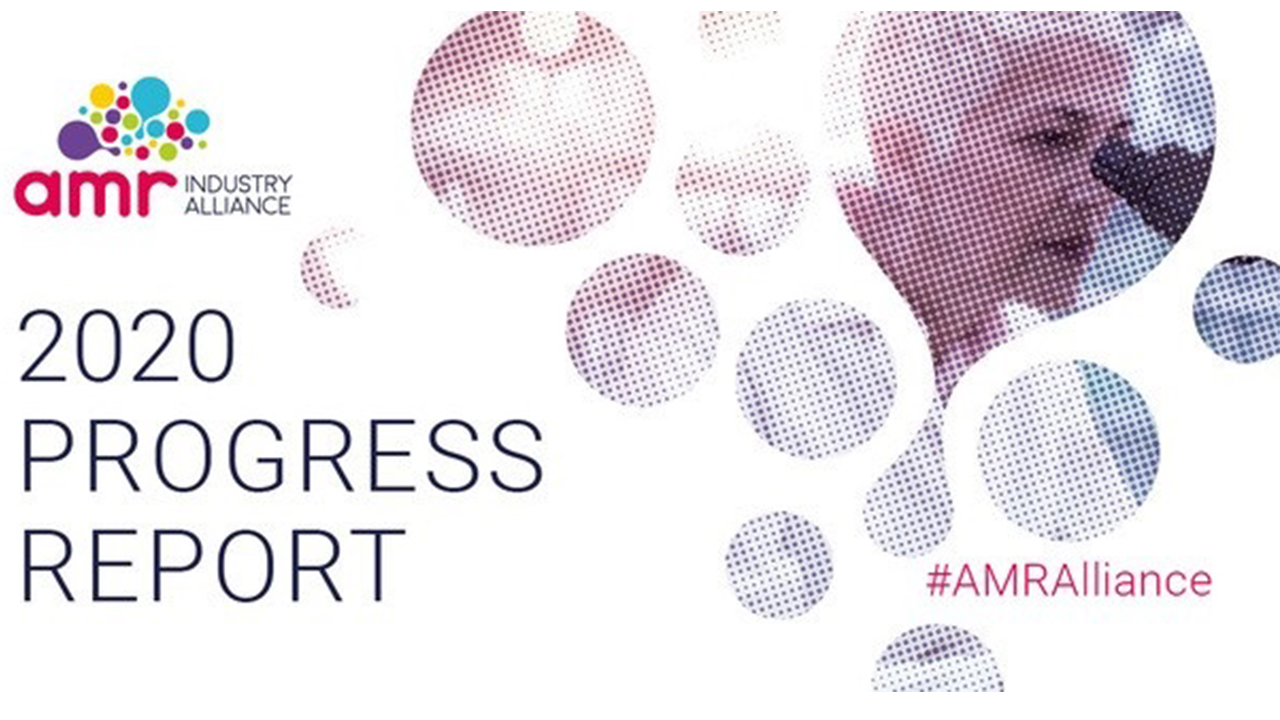
 AMR Industry Alliance reports breakthroughs in the responsible manufacturing of antibiotics and positive steps to improve how patients access and use antibiotics.
AMR Industry Alliance reports breakthroughs in the responsible manufacturing of antibiotics and positive steps to improve how patients access and use antibiotics. 








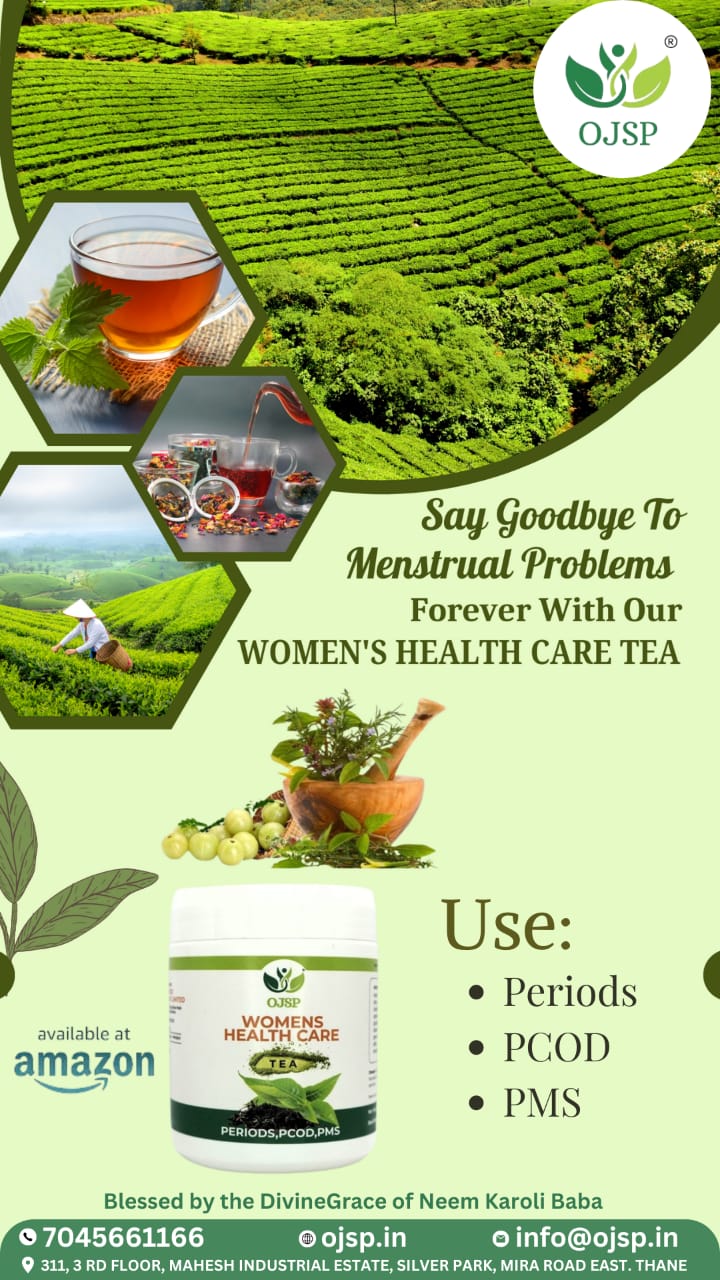
.jpeg)
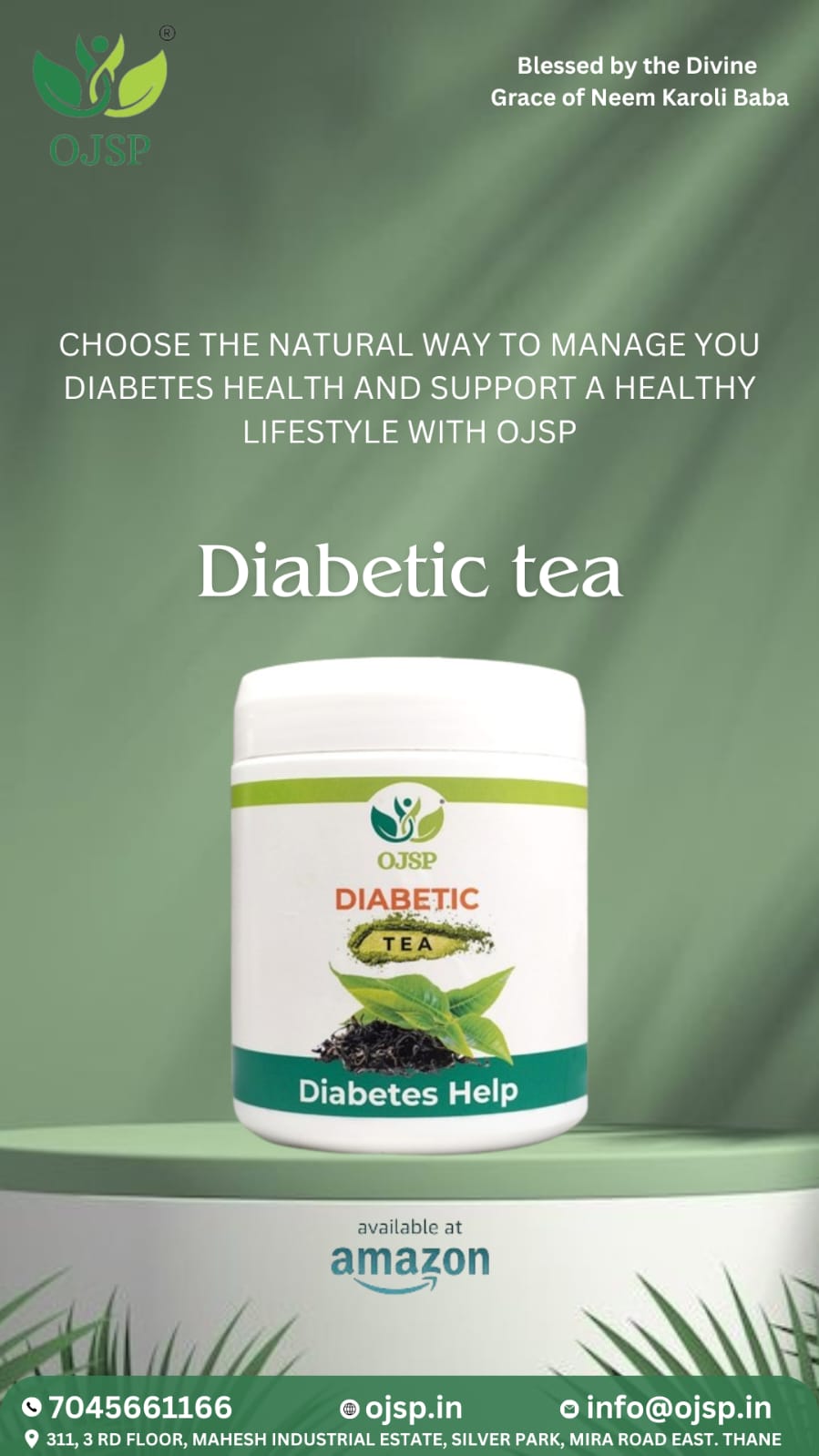

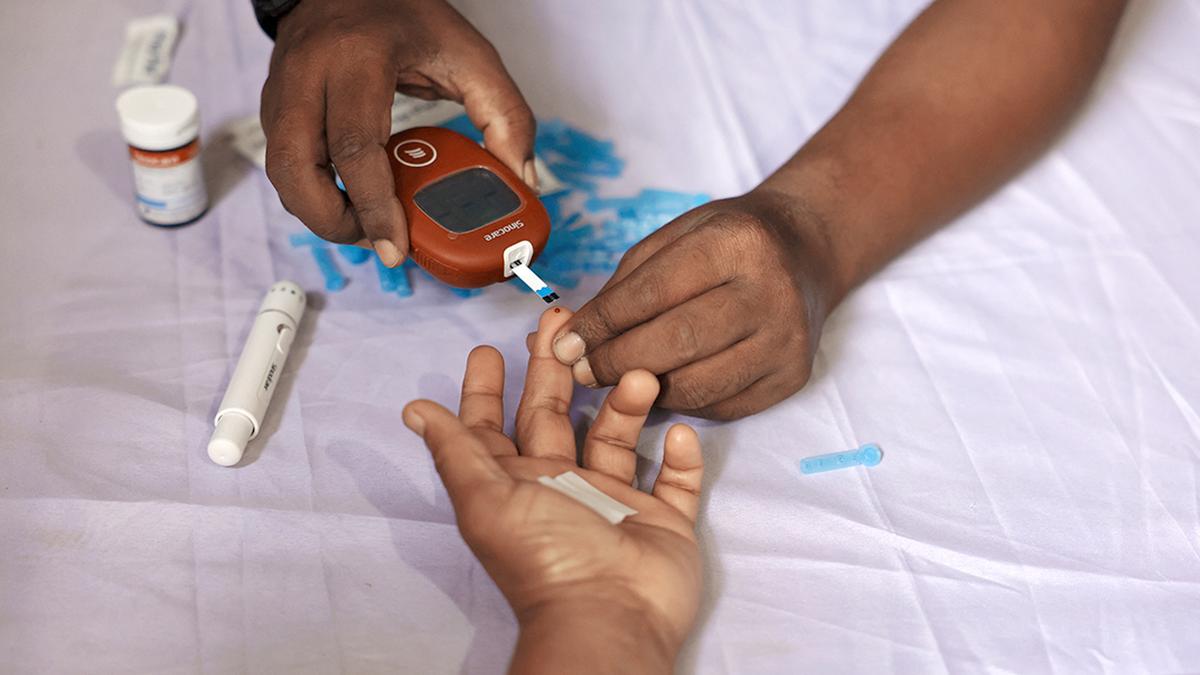
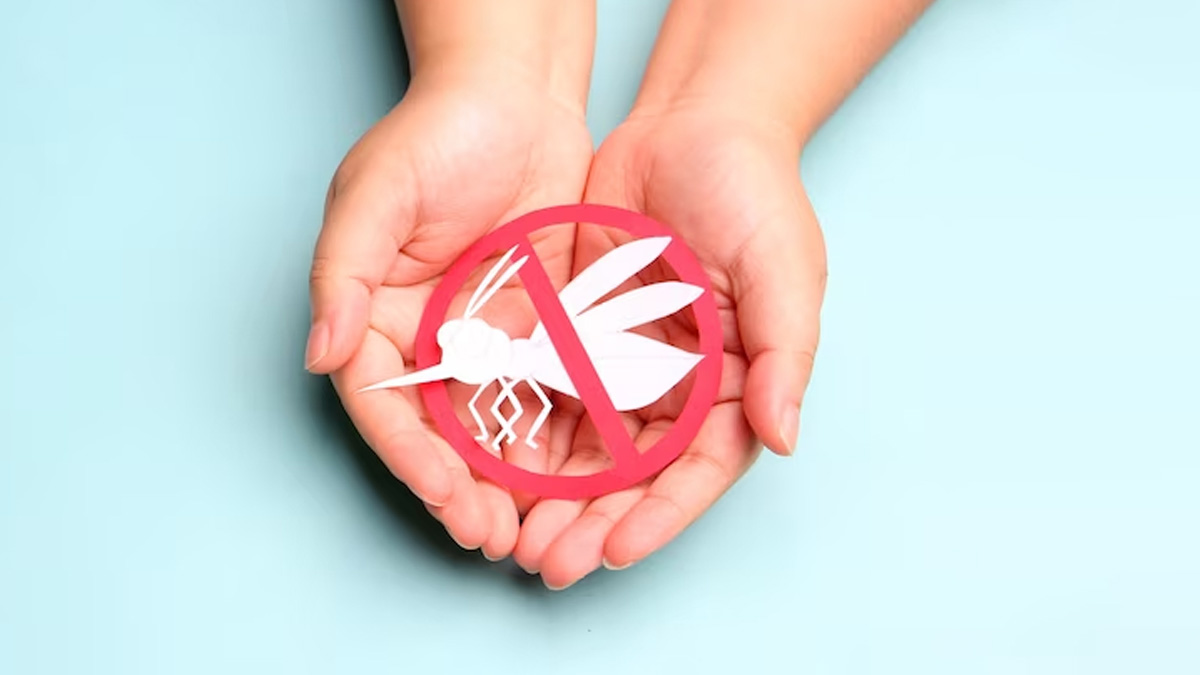
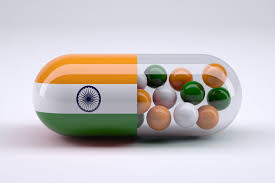
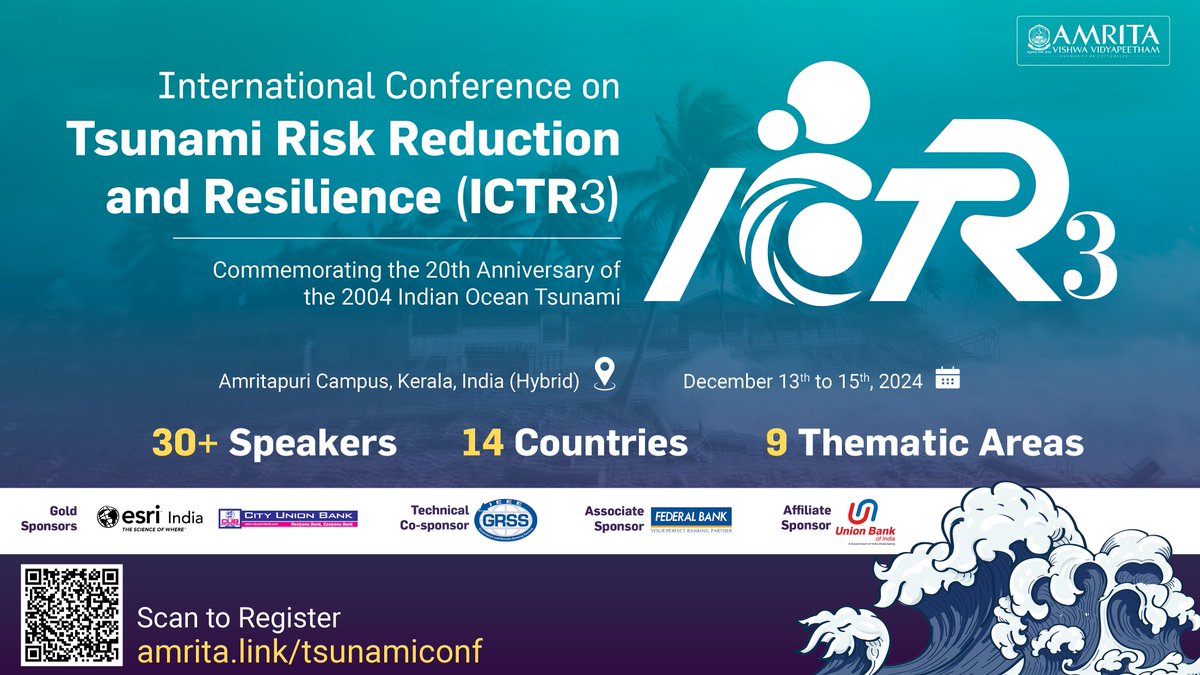
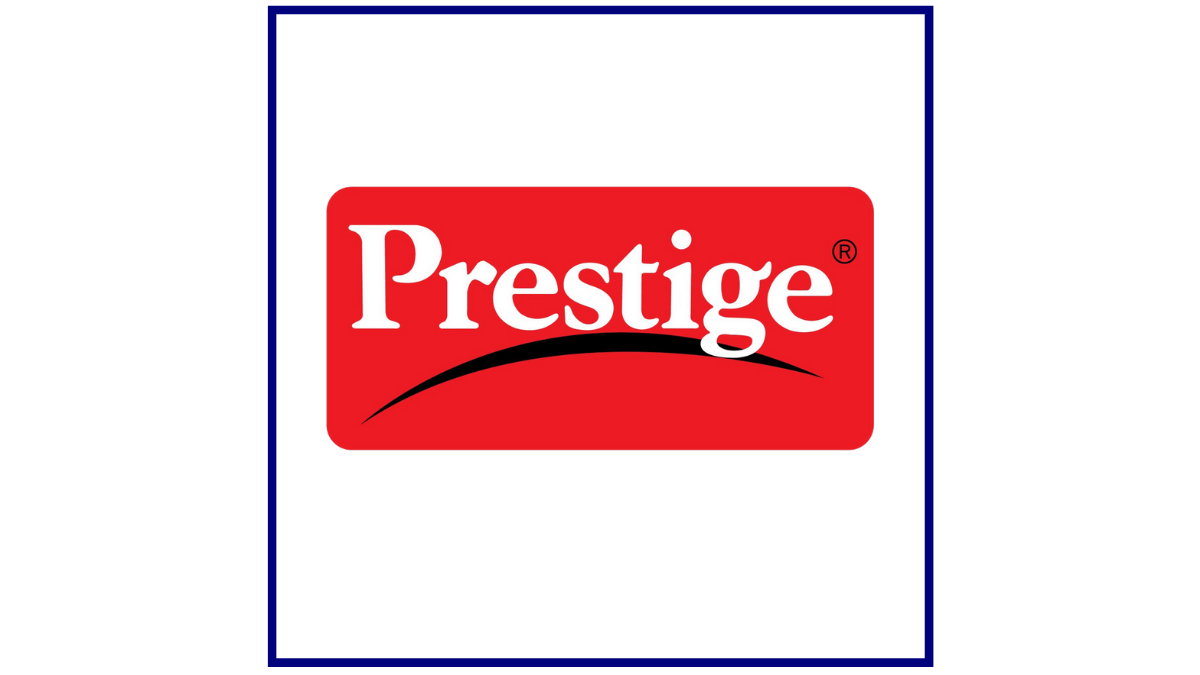

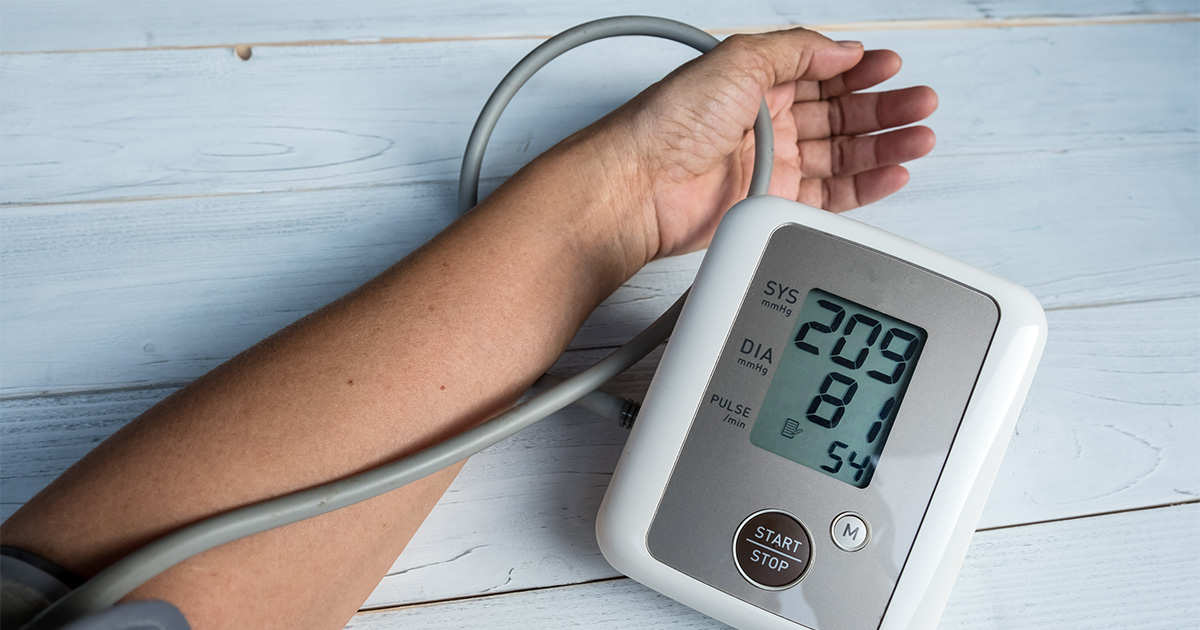

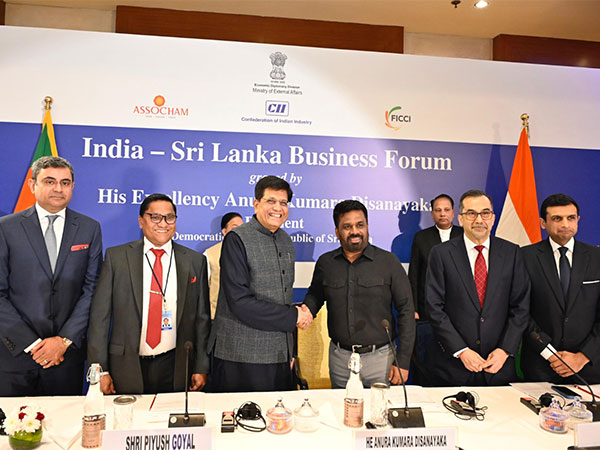
.jpg)

